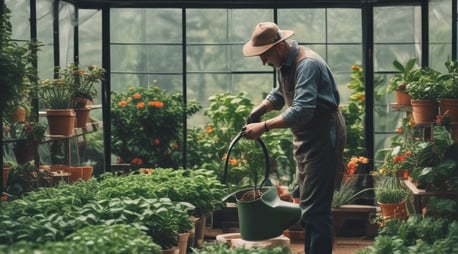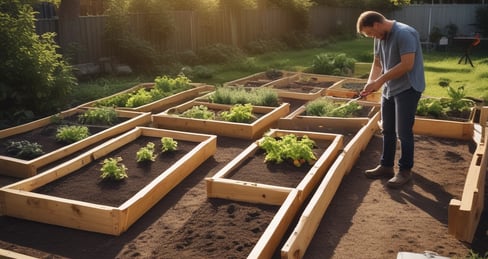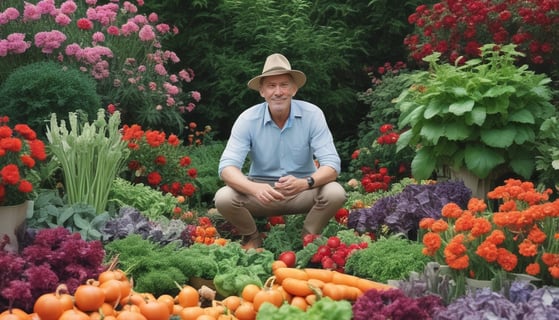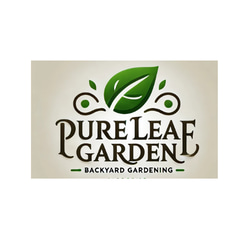Beginner's guide to starting an eco-friendly garden: Essentials steps for success
Discover expert advice and top quality products recommended by garden enthusiasts. From beginners to seasoned gardeners, our comprehensive guides and product reviews will help grow your garden.
3/12/20253 min read
A Beginner’s Guide to Starting Your First Garden
Gardening is a rewarding and therapeutic hobby that allows you to grow fresh produce, beautiful flowers, and even herbs right in your backyard or on your balcony. If you're new to gardening, getting started might seem overwhelming, but with the right guidance, you'll be well on your way to creating a thriving garden. Here’s a beginner-friendly guide to help you start your first garden.
Understanding Your Gardening Space
Before you start digging, take a good look at the space where you plan to garden. Consider the following:
Sunlight Exposure – Most plants require at least 6-8 hours of sunlight per day. Observe your space to determine how much sun it gets.
Soil Type – Is your soil sandy, clay-heavy, or loamy? Conduct a simple soil test to determine its quality.
Available Space – Whether you have a large backyard or a small balcony, plan your garden based on the space you have. Raised beds and container gardening are great for small areas.
Choosing the Right Plants for Your Garden
Selecting the right plants is crucial for a successful garden. Here are some beginner-friendly options:
Vegetables – Tomatoes, lettuce, carrots, radishes, and bell peppers are easy to grow.
Herbs – Basil, mint, parsley, and rosemary thrive in small spaces.
Flowers – Marigolds, sunflowers, and zinnias are low-maintenance and add beauty to your garden
Choose plants that match your climate and the amount of sunlight your garden receives.
Preparing the Soil for Planting
Healthy soil is the foundation of a successful garden. Follow these steps to prepare it:
Remove Weeds and Debris – Clear out any grass, weeds, or rocks from your gardening area.
Improve Soil Quality – Add compost or organic matter to enrich the soil with nutrients.
Test the Soil – Use a soil test kit to check pH levels and nutrient content. Adjust as needed with natural amendments.
Tools we recommend:
trowel (amazon)
Weeding fork (amazon)
cultivator (amazon)
Planting Techniques for Beginners
Once your soil is ready, it’s time to plant!
Read Seed Packets – Follow the instructions on seed packets or plant tags for spacing and depth.
Start Small – Begin with a few plants and expand as you gain confidence.
Use Plant Markers – Label your plants to keep track of what you’ve planted.
Watering and Fertilizing Basics
Proper watering and fertilization are key to plant health.
Watering Tips:
Water in the morning to reduce evaporation.
Keep the soil moist but not soggy.
Avoid overhead watering to prevent disease.
Fertilizing Basics:
Use organic compost or all-purpose fertilizer.
Follow package instructions to avoid over-fertilizing.
Pest and Disease Management
Keeping your plants healthy means protecting them from pests and diseases.
Common Pests: Aphids, slugs, and caterpillars can damage plants. Use natural remedies like neem oil or companion planting to deter them.
Disease Prevention: Avoid overwatering, provide good air circulation, and remove infected plants immediately.
Eco-friendly pest and disease management options:
All-natural pest and disease spray (amazon)
Harvesting and Enjoying Your Garden’s Bounty
After weeks of care, it’s time to enjoy your harvest!
Harvest vegetables when they are ripe to get the best flavor.
Pick herbs regularly to encourage new growth.
Enjoy fresh flowers in bouquets or as pollinator-friendly plants in your garden.
Nothing is more satisfying than eating food you grew yourself or admiring the beauty of flowers you planted!








Sustainability
Eco-friendly supplies for nurturing your garden.
Cultivating
© 2025. All rights reserved.
